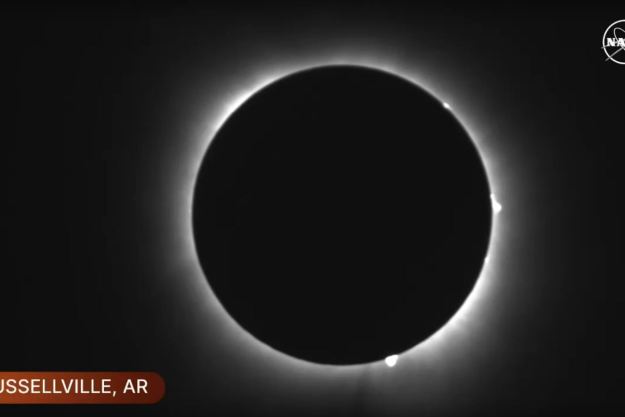
NASA’s quest to have a second U.S.-operated spacecraft for ferrying astronauts to and from the International Space Station (ISS) has suffered another blow.
The expected July 21 launch of the first crewed test flight of Boeing’s CST-100 Starliner capsule has been called off following the recent discovery of two safety issues, the aerospace giant said on Thursday.
The first concerns the parachutes that ensure the capsule and crew’s smooth return at the end of a mission. Specifically, the parachutes’ load limit had been recorded incorrectly, meaning they were less robust than originally thought.
“We were notified by the parachute supplier of an issue, identified through testing, that reduced our safety margin,” Boeing said in a release on Thursday. “Our engineering team provided additional analysis and given that, we determined the safest course of action was to stand down for the July launch opportunity.”
The other issue regards tape that wraps around wire harnesses in the spacecraft. This was found to be flammable, so will need to be replaced, Boeing said.
Both the parachute system and the tape were present on the uncrewed test flight to and from the ISS that took place in May last year, but the issues only showed up in more recent analysis and testing of the spacecraft.
The delay will come as a big disappointment to everyone involved, not least the two astronauts — Butch Wilmore and Suni Williams — who have been assigned to the mission. But safety comes first, and Boeing and NASA will need to be properly satisfied that everything is in order before the mission can finally get underway from the Kennedy Space Center in Florida.
“We are now determining when we will be ready to launch, but anticipate additional parachute testing,” Boeing said. “We are committed to the Starliner program and are working closely with NASA to identify a new launch date.”
Starliner’s story has been a troubled one. It was supposed to embark on its maiden flight in 2017 but various problems set the program back and it wasn’t until December 2019 that it was able to fly for the first time. But the mission ended in failure when the capsule was unable to make it to the ISS as planned. It wasn’t until nearly three years later that everything was sorted and the Starliner was able to go again, this time docking with the ISS as part of a successful three-day mission in May last year.
NASA currently uses SpaceX’s Falcon 9 rocket and Crew Dragon spacecraft for astronaut missions to the ISS, and a second system would give it more flexibility in mission planning. But the Starliner project is taking way longer than everyone expected.
Editors' Recommendations
- NASA gives Starliner’s first crewed launch the go-ahead
- Astronauts take major step toward Starliner’s first crewed flight
- NASA video maps all 72 flights taken by Mars Ingenuity helicopter
- Junk from the ISS fell on a house in the U.S., NASA confirms
- Watch NASA begin testing its Orion capsule for lunar flyby


